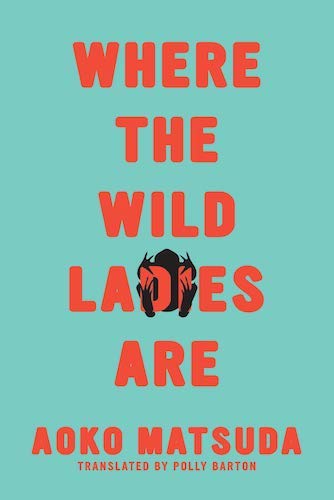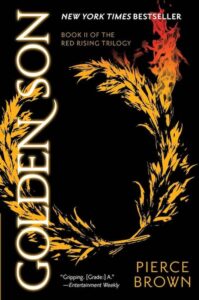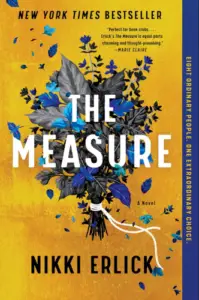Where the Wild Ladies Are
Book Author: Aoko Matsuda
Summary reviewed by:
Terrence Timmons
Terrence Timmons
Analyst
Bachelor of Arts (BA), University Of California, Santa Barbara 2019
With over 4 years of experience as an analyst. Terrence Timmons is committed to analyzing summaries without compromising on quality.
Where the Wild Ladies Are: Summary
Dare to uncover the world of the extraordinary in Aoko Matsuda's masterpiece, "Where the Wild Ladies Are." Here, in the heart of modern Japan, folklore is not just ancient tales but an extraordinary mirror reflecting the reality of contemporary life. Matsuda masterfully resurrects the traditional yōkai – ethereal spirits and creatures of Japanese folklore – giving them modern-day spins and making them protagonists in her deftly woven short stories.
The tales are beautifully surreal yet grounded in the mundane. A saleswoman becomes an enchantress, seducing clients with her otherworldly wares. A young woman receives a spectral visit from her hairdresser aunt, and a fox manifests as a shape-shifting woman, upending traditional gender norms. As readers wade through the stories, they encounter everything from house-cleaning ghosts to will'o'the wisps on corporate retreats.
Yet, the stories are more than mere encounters with the uncanny. They bear profound commentaries on contemporary life, work culture, gender inequality, and social expectations, turning folklore into biting social critique. As Matsuda weaves her narratives, the boundary between the natural and supernatural dissolves, and readers are invited to question, to wonder, and to see the everyday world with new, enlightened eyes.
Spoilers (click here to reveal spoilers)


Where the Wild Ladies Are
Date Published: December 10, 2016
Support Us: By purchasing through our Amazon link, we earn as an Amazon Associate. Thank you for your support!
Where the Wild Ladies Are: Genres
Fiction
Literary Fiction
Magical Realism
Feminist Literature
Short Stories
Where the Wild Ladies Are: Main Characters
The Saleswoman: A master of allure, her strength lies in her charm and adaptability. Her belief that nothing sells itself is seen when she beguiles customers with her spectral products.
The Young Woman: She’s resilient and curious, demonstrated when she embraces her aunt’s spectral visits rather than being terrified.
The Fox-Woman: A shape-shifting trickster, she challenges societal norms, showing her resistance when she takes a male form to bewilder the town.
Where the Wild Ladies Are: Themes
Feminism: The narratives underscore female empowerment, seen when women reclaim their stories, subvert gender roles, and defy societal expectations.
Magic in the Mundane: Everyday life is intertwined with magical elements, like when a ghostly visit becomes an everyday affair.
Social Commentary: The book satirizes modern work culture, portrayed through spirits trapped in a corporate retreat.





